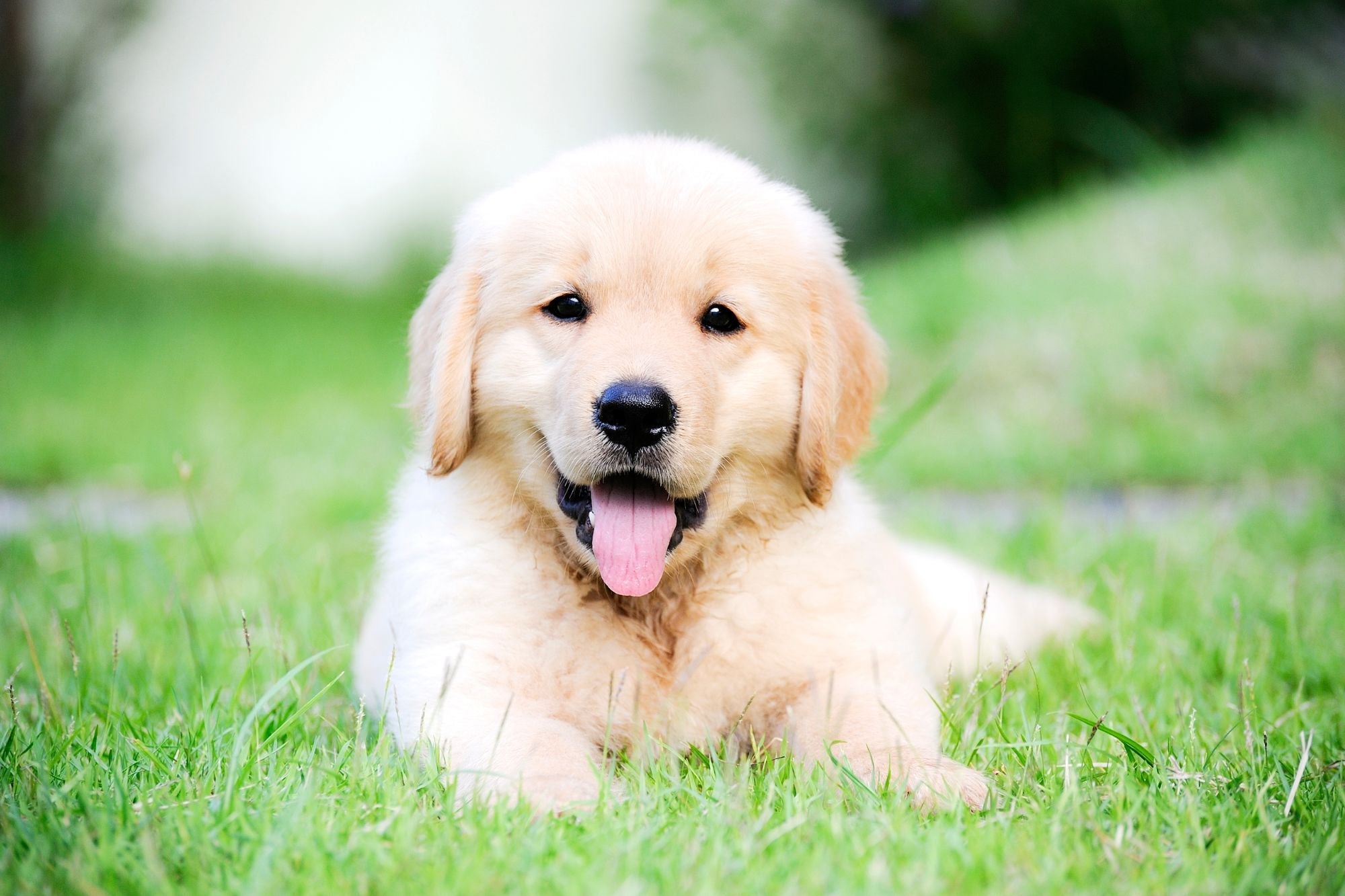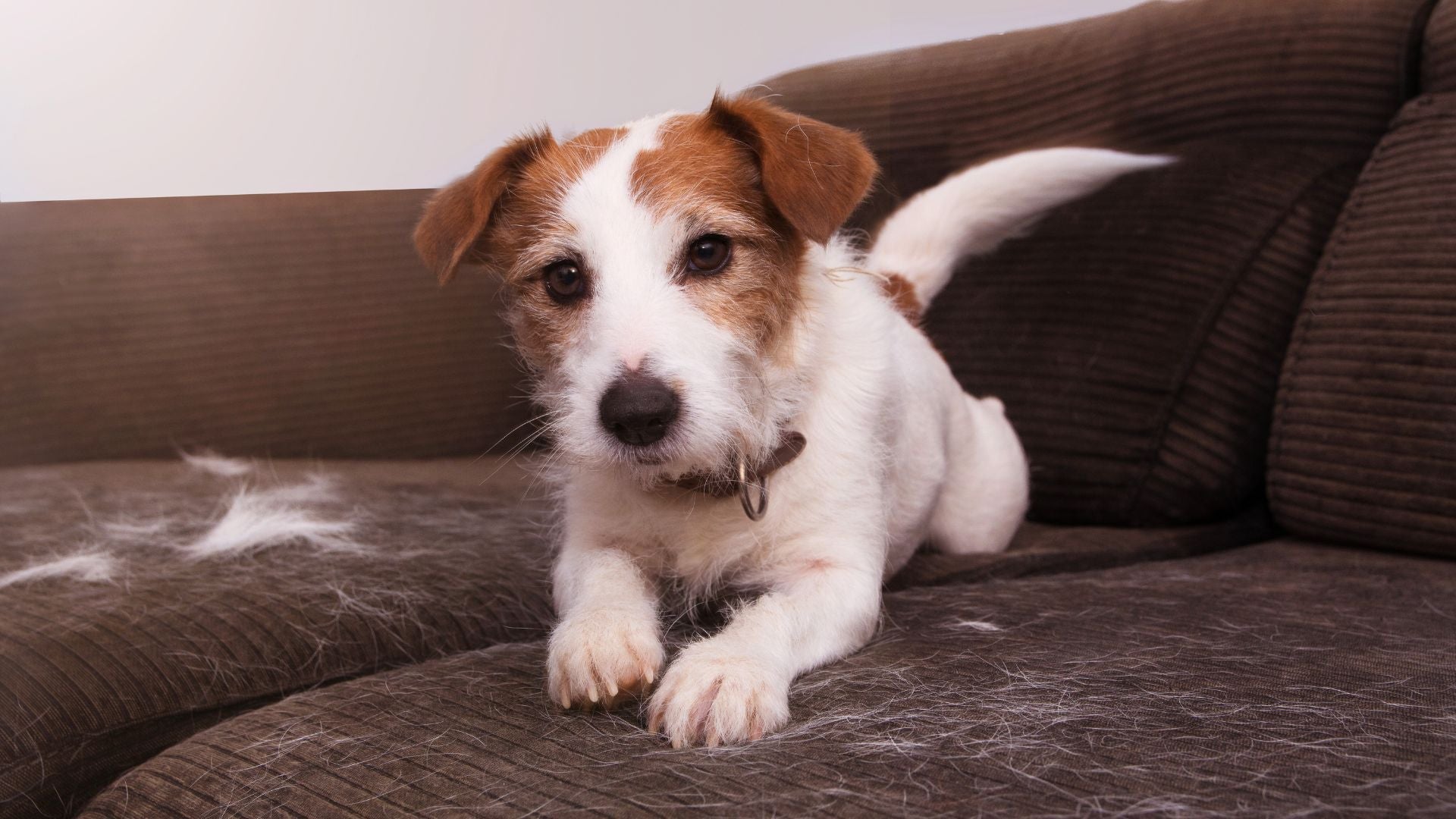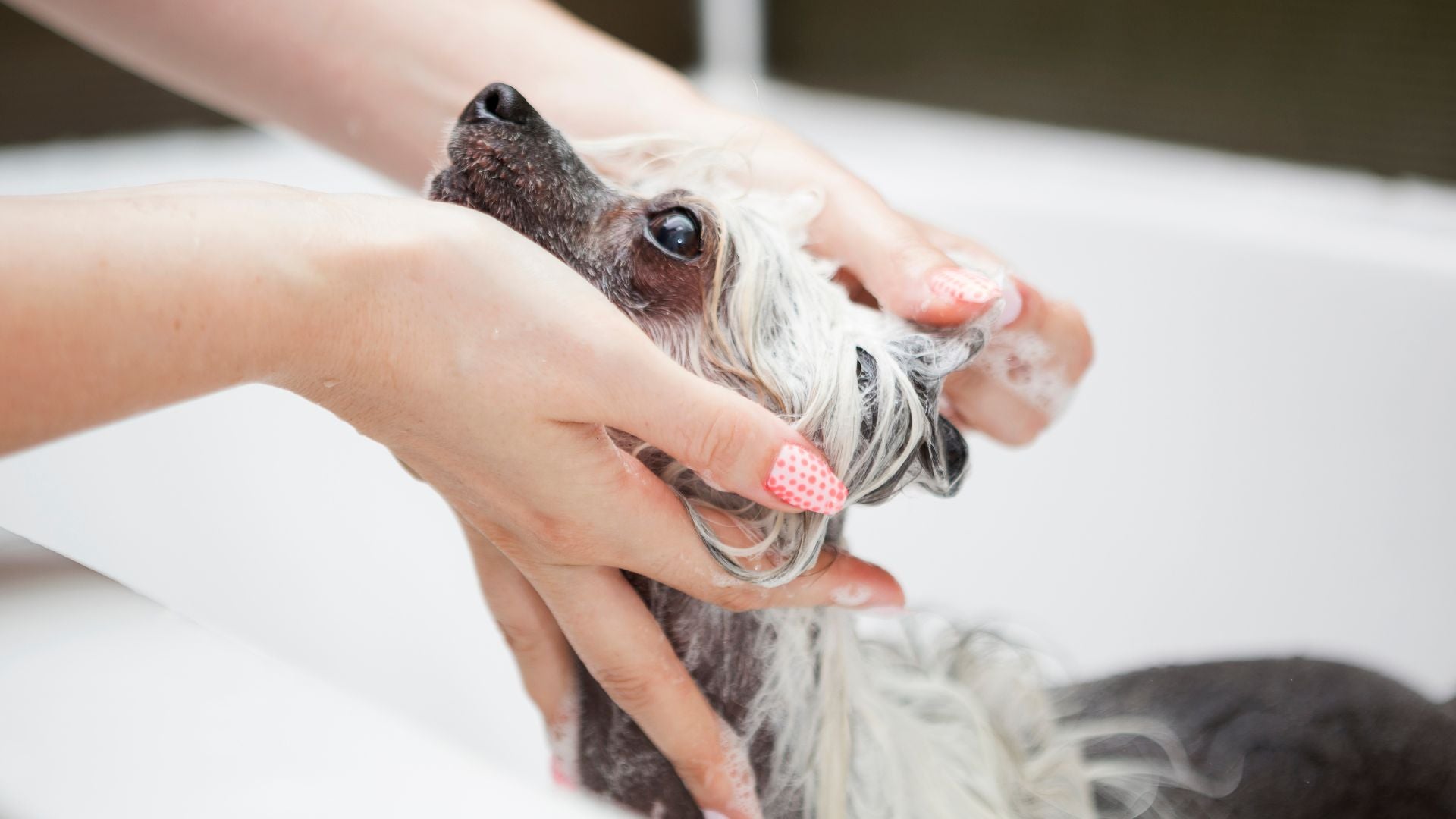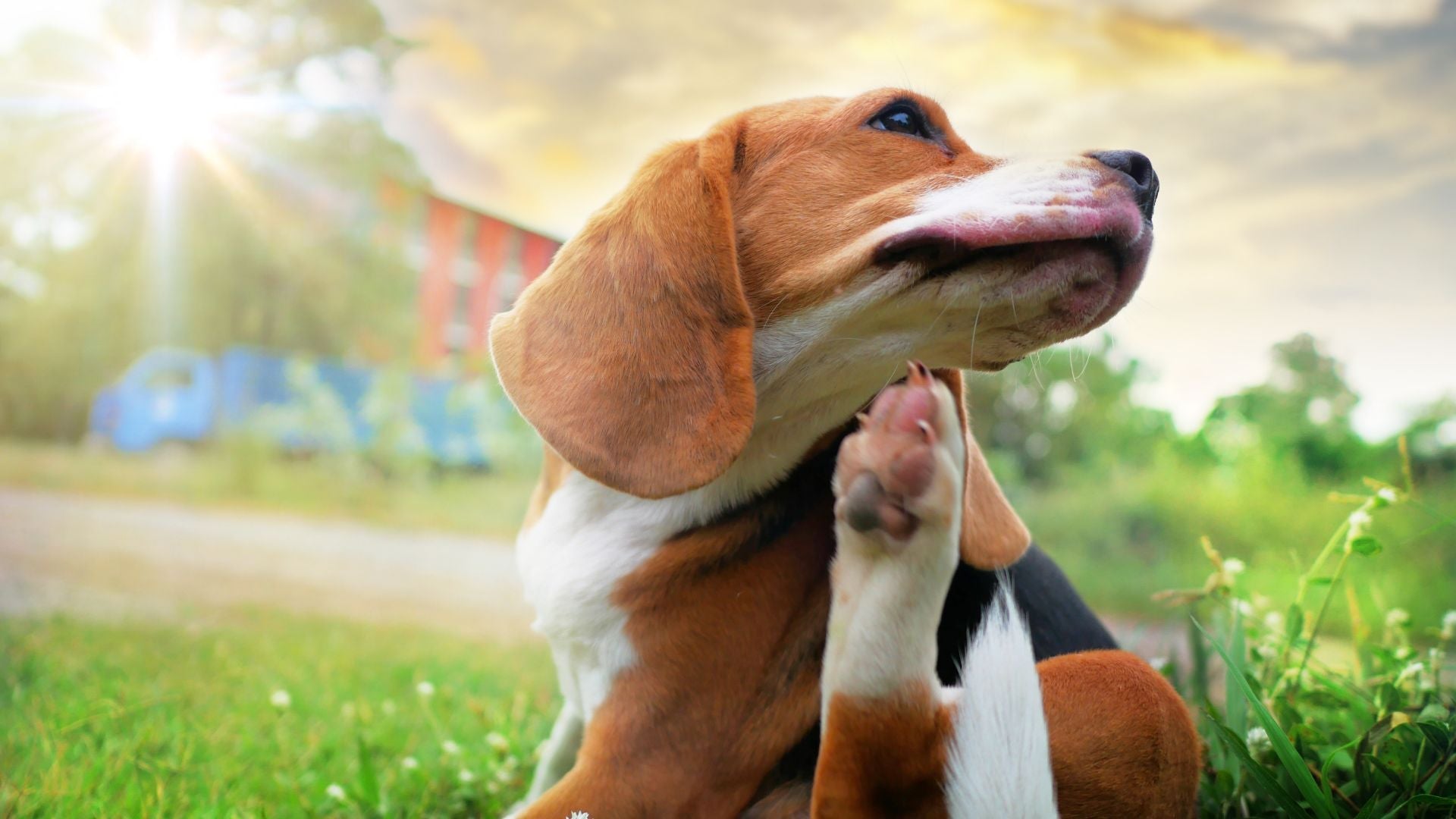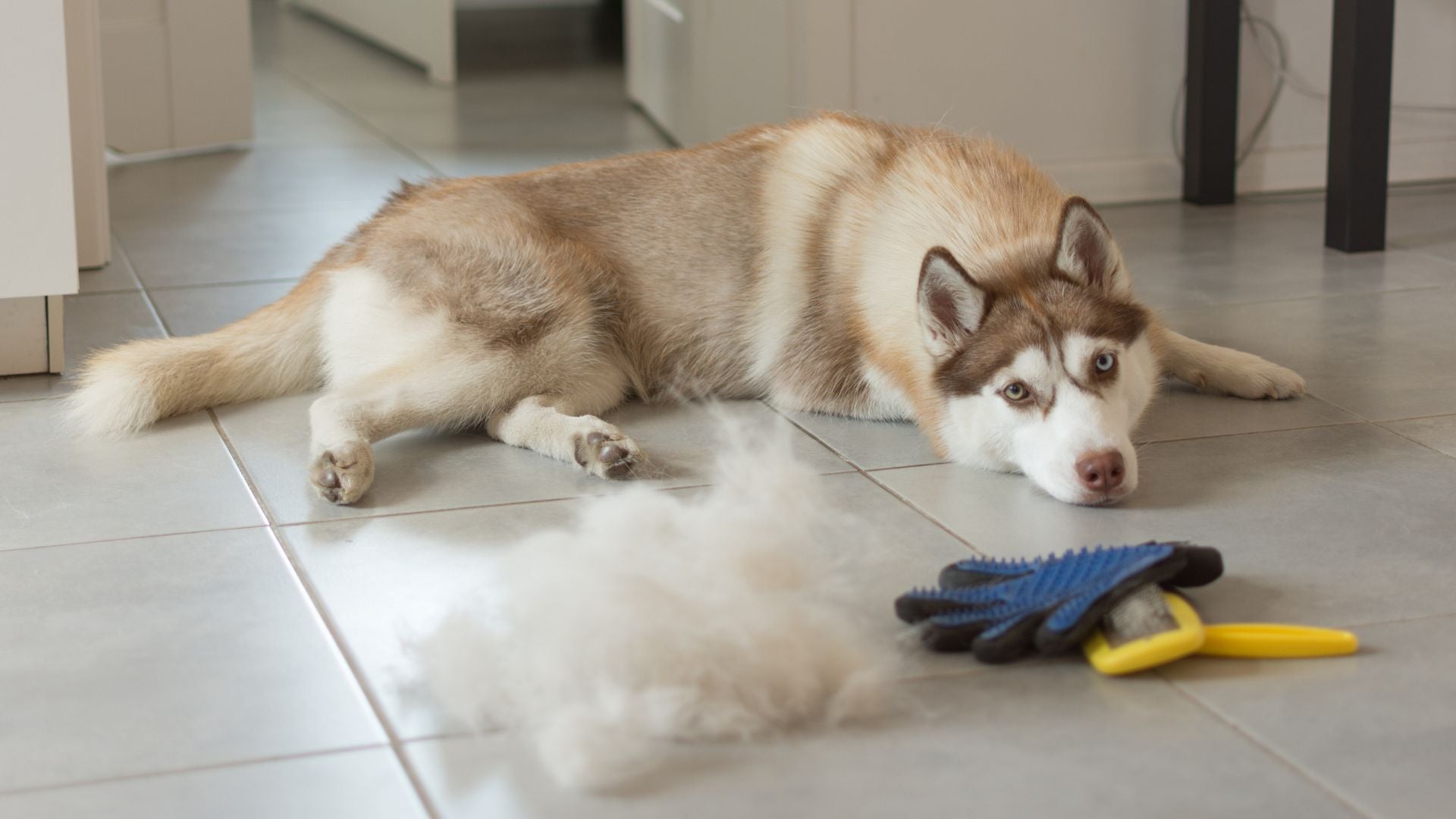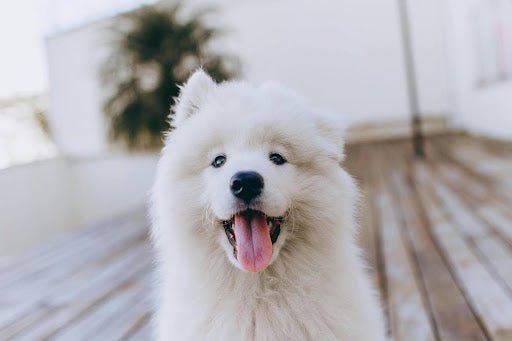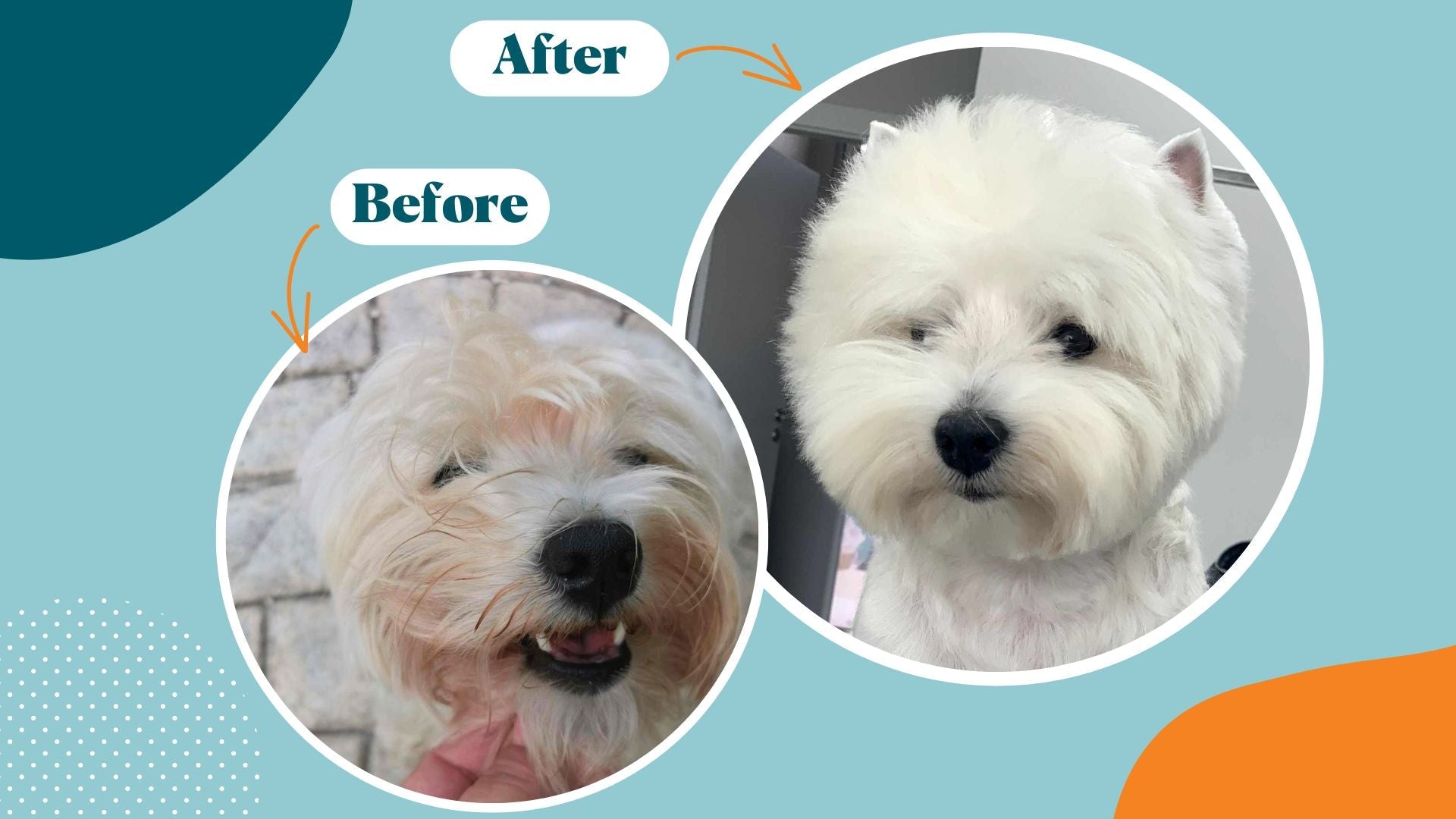Keeping your beloved pets happy and healthy goes beyond providing them with food and exercise. Maintaining a clean living environment is crucial for their overall well-being. As an experienced dog breeder, who has spent a lifetime living with dogs, I understand the significance of regularly cleaning pet supplies. In this blog, I will share practical insights and effective cleaning methods for dog beds and other essential pet items, ensuring your furry friends enjoy a hygienic living space.
Cleaning your pet's supplies is not just about maintaining a fresh-smelling home. It plays a vital role in preventing the buildup of harmful bacteria, parasites, and allergens that can pose health risks for your pets and family members alike. Regular cleaning also prolongs the lifespan of your pet supplies, ensuring durability and continued comfort.
Before we delve into the step-by-step cleaning processes, it's important to gather the necessary cleaning products. You'll need a few essential items for the cleaning routines, including pet-safe cleaners, stain removal products, brushes, vacuum cleaners, and, of course, water and detergent for washing. Having these materials readily available will make the cleaning process smooth and efficient.
How to clean a dog bed
A dog bed is not only a cozy retreat for your furry friend but also a hotspot for dirt, hair, and odors. Regular cleaning ensures a fresh and comfortable resting place for your pet. Let's explore the step-by-step process for washing a dog bed:
Step 1: Prepare the dog bed
Start by removing any removable covers, blankets, or toys from the dog bed. Set them aside for separate cleaning. Check the care instructions provided by the manufacturer, as some dog bed covers may be machine washable, while others may require hand washing.
Step 2: Vacuuming
Use a vacuum cleaner or lint roller to remove loose hair, dirt, and debris from the surface of the dog bed. Pay special attention to corners and crevices where dirt tends to accumulate.
Step 3: Spot cleaning
If there are any visible stains or odors on the dog bed, spot clean them before washing. Use a pet-safe stain remover or create a natural cleaning solution by combining equal parts white vinegar and water. Apply the solution to the stained area and gently blot with a clean cloth or sponge. Repeat if necessary until the stain is removed.
Tips for spot cleaning:
- Act promptly to remove any fresh stains or spills to prevent them from setting in.
- Blot stains instead of rubbing them, as rubbing can spread the stain further.
- Test any cleaning solutions or stain removers on a small, inconspicuous area of the dog bed to ensure they don't cause discoloration or damage.
Step 4: Machine wash (if applicable)
For machine washable dog bed covers, follow the manufacturer's instructions for washing. Use a gentle cycle and mild, pet-safe detergent. It's best to wash the dog bed cover separately to avoid potential damage to other laundry items. If the dog bed doesn't have a removable cover, proceed to the next step.
Step 5: Hand washing
Fill a bathtub or large basin with warm water and add a pet-safe detergent. Submerge the dog bed in the water and gently agitate it to ensure thorough cleaning. Use a soft brush to scrub any stubborn stains or dirt. Rinse the dog bed thoroughly to remove all soap residue.
Step 6: Drying the dog bed
Squeeze out excess water from the dog bed and place it in a well-ventilated area or outdoors to dry. Avoid direct sunlight as it may cause colors to fade. Ensure the bed is completely dry before returning the cover or allowing your pet to use it.
By following these steps and incorporating regular cleaning into your routine, you'll ensure a clean and comfortable sleeping area for your furry friend.
How to Clean Other Pet Supplies
Aside from dog beds, there are several other pet supplies that require regular cleaning to maintain a hygienic environment for your furry companions. Let's explore the cleaning methods for other essential pet supplies:
1. Toys: Pet toys often accumulate dirt, saliva, and even bacteria during playtime. Regular cleaning helps prevent the spread of germs. Here's how to clean different types of pet toys:
- Plush toys: Most plush toys can be cleaned in a washing machine. Check the care instructions on the toy's label, and wash them using a gentle cycle with pet-safe detergent. If the toy is not machine washable, hand wash it using mild soap and warm water. Rinse thoroughly and allow it to air dry completely before returning it to your pet.
- Rubber or plastic toys: These toys can be cleaned by soaking them in a solution of warm water and pet-safe dish soap. Scrub them with a brush to remove any dirt or residue. Rinse the toys thoroughly and allow them to air dry.
- Puzzle toys: Disassemble puzzle toys and clean each part separately. Wash the non-electronic components with warm, soapy water, rinse thoroughly, and let them dry. Wipe down any electronic components with a damp cloth or wet wipes following the manufacturer's instructions.
2. Food and Water Bowls: Your pet's food and water bowls should be cleaned daily to prevent bacterial growth and keep them fresh. Here's how to properly clean them:
- Remove any leftover food or debris from the bowls.
- Wash the bowls with warm, soapy water using a sponge or brush dedicated to pet use. Pay attention to any crevices or grooves.
- Rinse the bowls thoroughly to remove all soap residue.
- Ensure the bowls are completely dry before refilling them with food or water.
3. Collars and Leashes: Collars and leashes can become dirty and smelly over time. Here's how to clean them effectively:
- Remove any attachments or tags from the collar or leash.
- Fill a basin or sink with warm water and add a small amount of pet-safe shampoo or mild detergent.
- Immerse the collar and leash in the soapy water and agitate them gently to loosen dirt and debris.
- Use a soft brush to scrub the collar and leash, paying attention to any stains or particularly dirty areas.
- Rinse the collar and leash thoroughly with clean water to remove all soap residue.
- Hang them to air dry in a well-ventilated area.
4. Reusable Pee Pads: Reusable pee pads are a convenient and eco-friendly alternative to disposable pads for potty training or managing your pet's accidents. Proper cleaning is essential to maintain their effectiveness and pet hygiene. Here's how to properly clean them:
- After use, remove any solid waste and dispose of it appropriately.
- Rinse the pad under cold water to remove any residual urine and prevent stains from setting
- Gently squeeze out excess liquid.
- Machine wash the pad on a warm or hot water setting with pet-safe detergent.
- Air dry or tumble dry on low heat.
- For persistent stains or odors, pretreat the pad with a pet-friendly stain remover or odor-neutralizing solution before washing.
By following these cleaning methods for toys, food and water bowls, training pads, and collars and leashes, you'll ensure that your pet's belongings stay clean, fresh, and safe for use.
Best Practices for Maintaining a Clean Living Space for Your Pet
Creating a clean living environment for your pet goes beyond cleaning individual supplies. It involves implementing regular cleaning practices that encompass the entire space. Here are some best practices to ensure a clean and healthy living space for your furry friend:
1. Vacuuming: Regular vacuuming helps remove pet hair, dander, and dirt from floors and furniture. Use a vacuum cleaner with a pet-specific attachment or a handheld vacuum to reach smaller areas. Pay extra attention to corners, crevices, and areas where your pet spends the most time.
2. Regular Washing of Bedding: In addition to cleaning the dog bed itself, it's important to regularly wash your pet's bedding. This includes blankets, cushions, and any other bedding materials. Follow the care instructions provided by the manufacturer for machine washing or hand washing, and ensure the bedding is completely dry before returning it to your pet's sleeping area.
3. Disinfecting Surfaces: Disinfecting surfaces is essential for preventing the spread of germs and maintaining a hygienic environment. Use pet-safe disinfectants or a solution of water and white vinegar to clean surfaces regularly. Pay attention to areas your pet frequently comes into contact with, such as floors, countertops, and furniture.
4. Odor Removal: Pets can sometimes leave behind odors that may linger in your living space. To combat odors effectively:
- Use pet-specific air fresheners or odor-neutralizing sprays.
- Wash and clean your pet's belongings regularly to prevent odors from building up.
- Keep your home well-ventilated by opening windows or using fans to circulate fresh air.
5. Outdoor Cleaning: If your pet spends time outdoors, it's important to maintain cleanliness in those areas as well. Regularly pick up pet waste and dispose of it properly. Clean any outdoor toys or accessories your pet uses, such as water bowls or kennels, to prevent the accumulation of dirt and bacteria.
By incorporating these best practices into your cleaning routine, you'll create a clean and hygienic living space that promotes the health and well-being of your pet and your family.
Conclusion
Regular cleaning not only ensures the comfort of your furry friends but also maintains a healthy environment for them. Remember, a clean living space contributes to the overall happiness and well-being of your pets. So, roll up your sleeves and embark on a regular cleaning journey that will benefit both you and your furry companions.






